The world of commercial water systems has witnessed a transformative evolution with the advent of self-priming submersible pumps. These pumps represent a groundbreaking innovation, addressing numerous challenges encountered in water management across various industries. In this discourse, we delve into the intricacies of self-priming submersible pumps, exploring their functionality, advantages, and the significant impact they have made in commercial settings.
Self-priming submersible pumps are engineered to tackle the inherent limitations of traditional water pumps. Unlike their conventional counterparts, these pumps possess the unique ability to prime themselves automatically, eliminating the need for manual priming or external assistance. This autonomous priming capability is a game-changer, particularly in scenarios where continuous water supply is critical, such as agricultural irrigation, construction sites, and municipal water distribution networks.
One of the distinguishing features of self-priming submersible pumps is their versatility. These pumps are designed to operate efficiently across a wide range of applications, from dewatering flooded areas to transferring liquids in industrial processes. Their adaptability stems from advanced engineering principles that optimize performance while less energy consumption. By seamlessly integrating with existing infrastructure, self-priming submersible pumps facilitate seamless upgrades without necessitating extensive modifications.
Another hallmark of self-priming submersible pumps is their reliability in challenging environments. Equipped with robust construction and cutting-edge components, these pumps exhibit exceptional durability, capable of withstanding harsh operating conditions and prolonged use. Whether submerged in water or deployed in abrasive environments, they demonstrate resilience and longevity, ensuring uninterrupted operation and less downtime.
Furthermore, self-priming submersible pumps prioritize efficiency without compromising on performance. Through innovative design and precision engineering, these pumps achieve remarkable levels of efficiency, optimizing energy utilization and reducing operational costs. By less wastage and maximizing output, they contribute to sustainability efforts while enhancing the overall productivity of commercial water systems.
The integration of smart technologies has further enhanced the capabilities of self-priming submersible pumps, ushering in an era of intelligent water management. Embedded sensors and monitoring systems enable real-time performance tracking, allowing for proactive maintenance and remote management. This proactive approach not only enhances reliability but also less the risk of unforeseen failures, thereby enhancing operational efficiency and cost-effectiveness.
In conclusion, self-priming submersible pumps represent a paradigm shift in commercial water systems, offering unmatched performance, reliability, and efficiency. By revolutionizing traditional pumping methods, they empower industries to meet the evolving demands of water management while mitigating operational challenges. As we continue to embrace innovation in water technology, self-priming submersible pumps stand at the forefront, driving progress and reshaping the landscape of commercial water systems for years to come.
Moreover, the widespread adoption of self-priming submersible pumps has catalyzed advancements in water conservation and resource optimization. By precisely controlling water flow and distribution, these pumps less waste and promote responsible usage, aligning with sustainability objectives. Their ability to operate autonomously in remote locations facilitates access to essential services, such as irrigation in agricultural regions and emergency water supply during natural disasters.
Furthermore, the ongoing research and development efforts in self-priming submersible pump technology promise continued innovation and refinement. From enhanced efficiency algorithms to the integration of renewable energy sources, such as solar power, future iterations of these pumps hold the potential to further elevate performance while reducing environmental impact. As industries continue to prioritize efficiency and sustainability, self-priming submersible pumps are poised to play a pivotal role in shaping the future of water management on a global scale.

 English
English русский
русский Español
Español
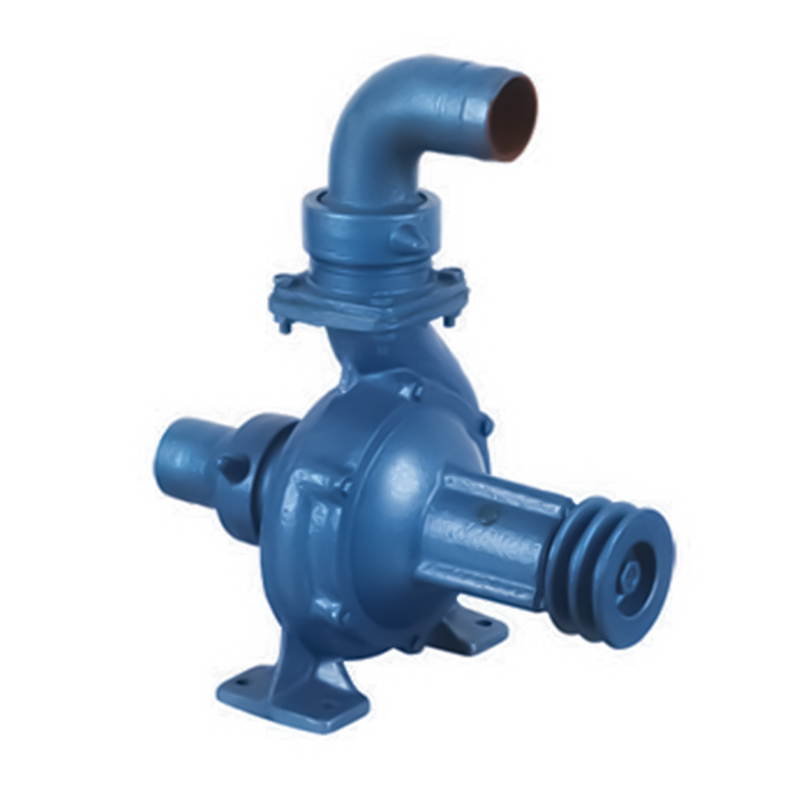
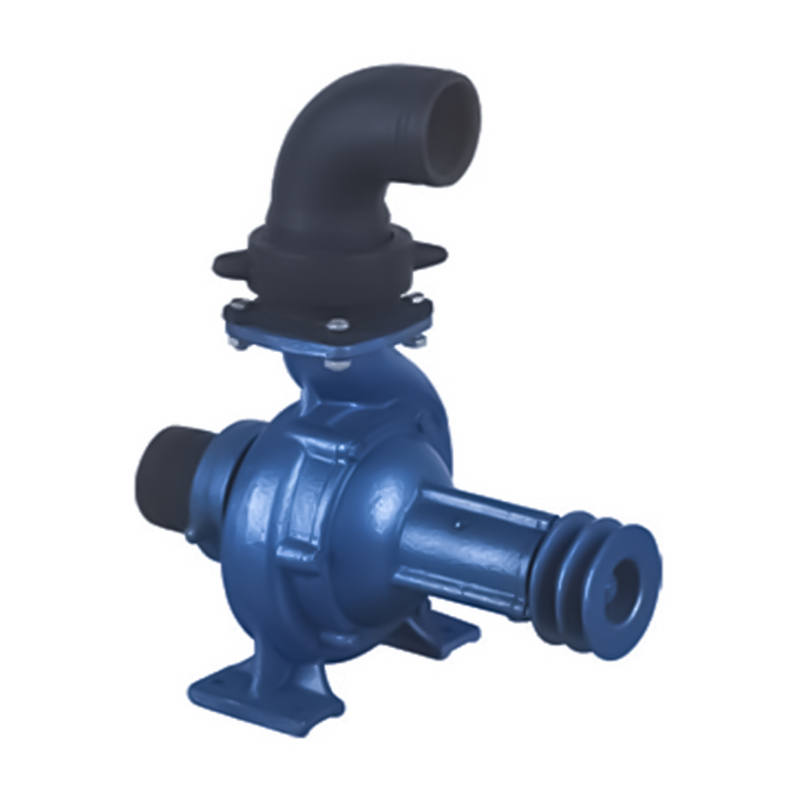

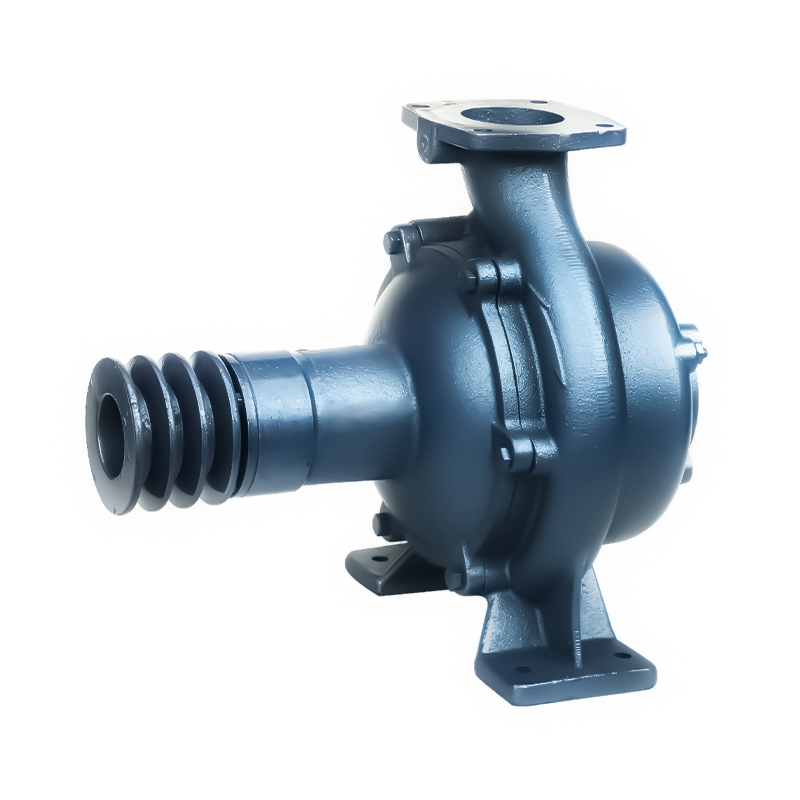
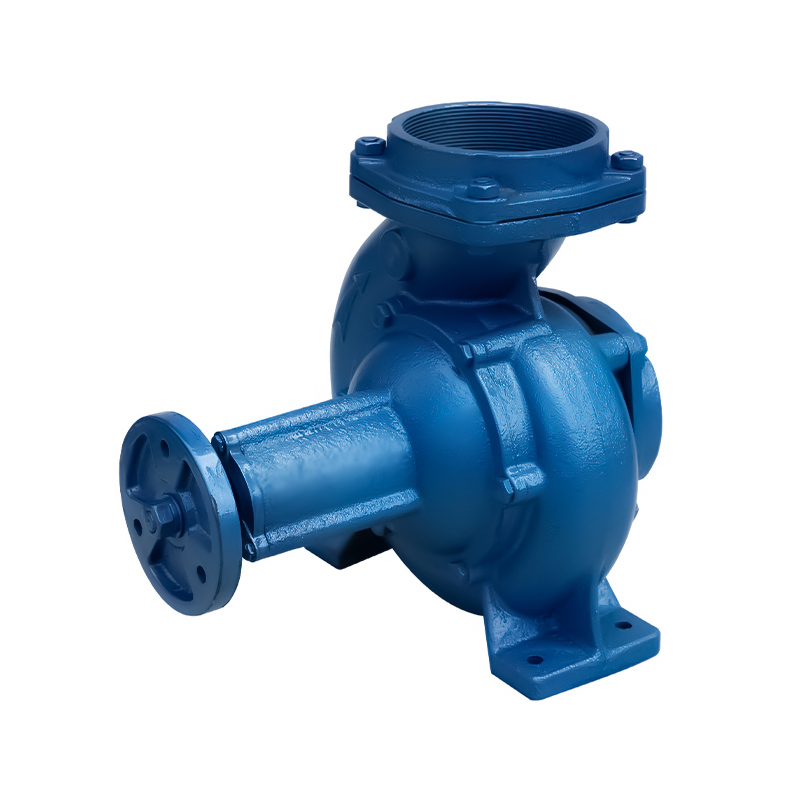
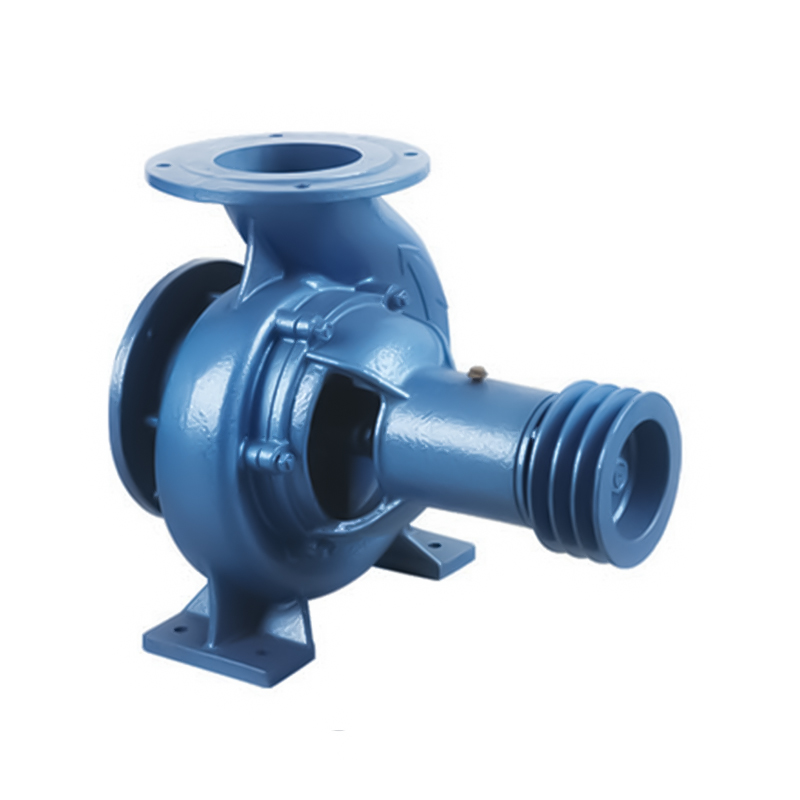
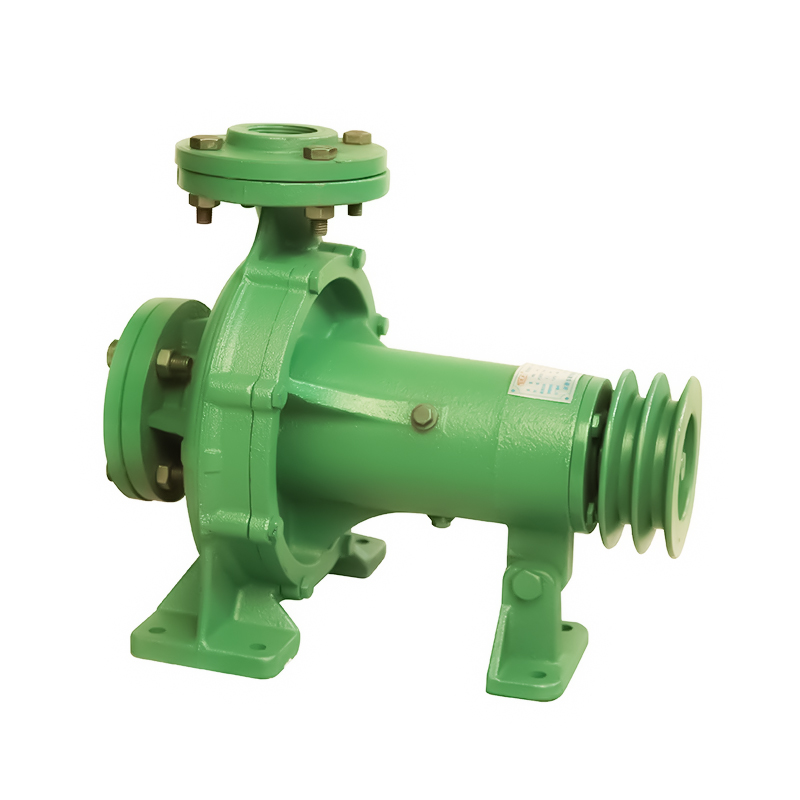

 Email:
Email:
 Phone:+86-13605899207
Phone:+86-13605899207

